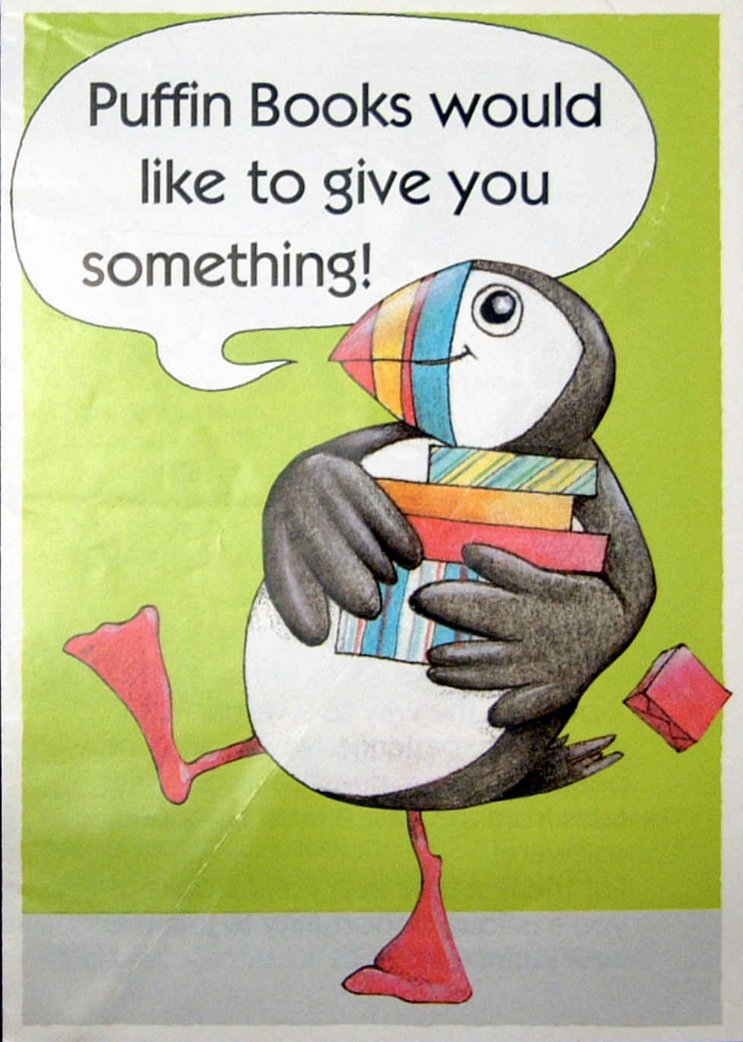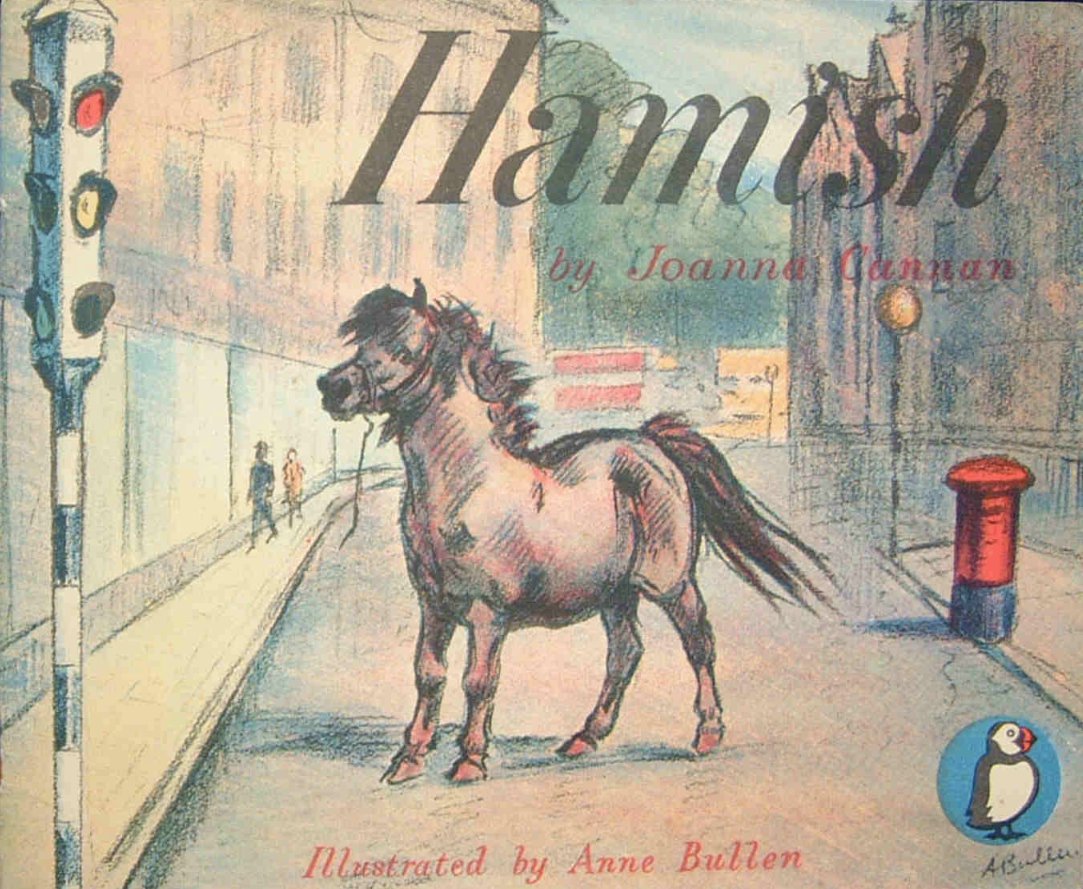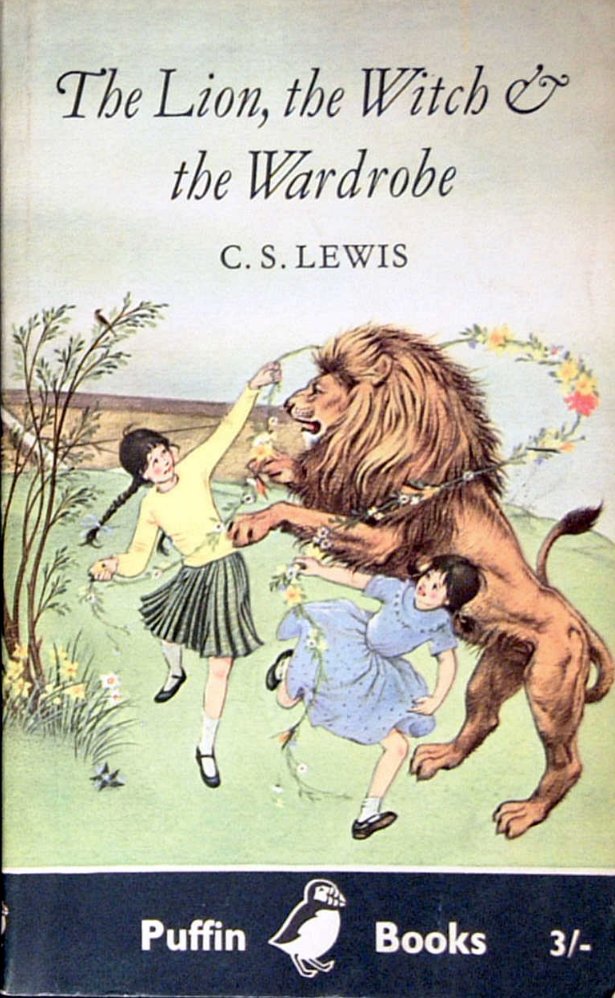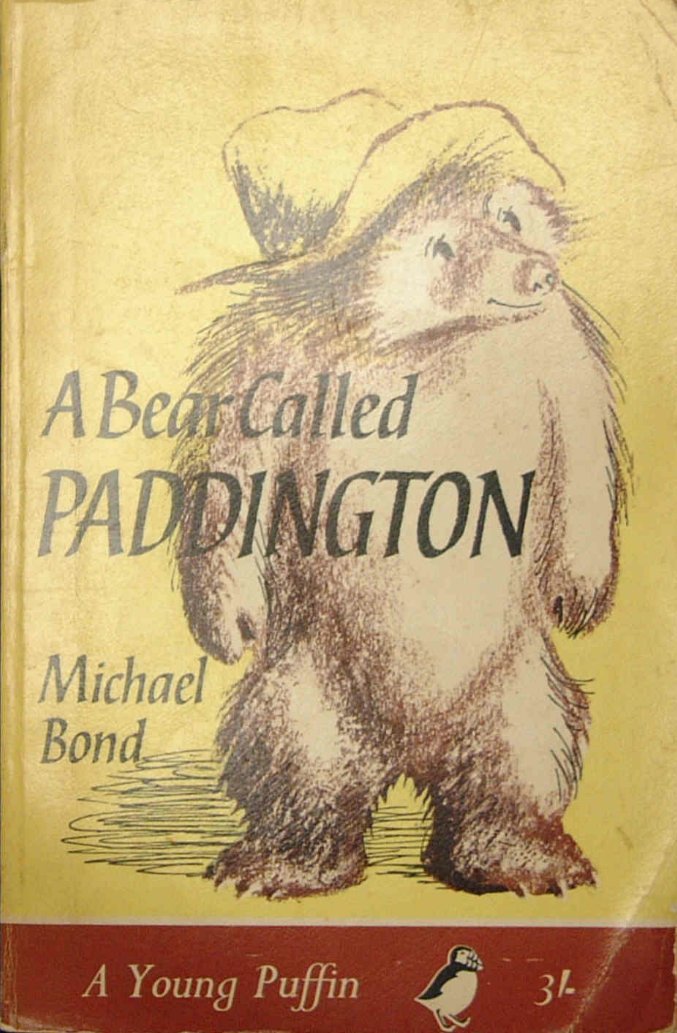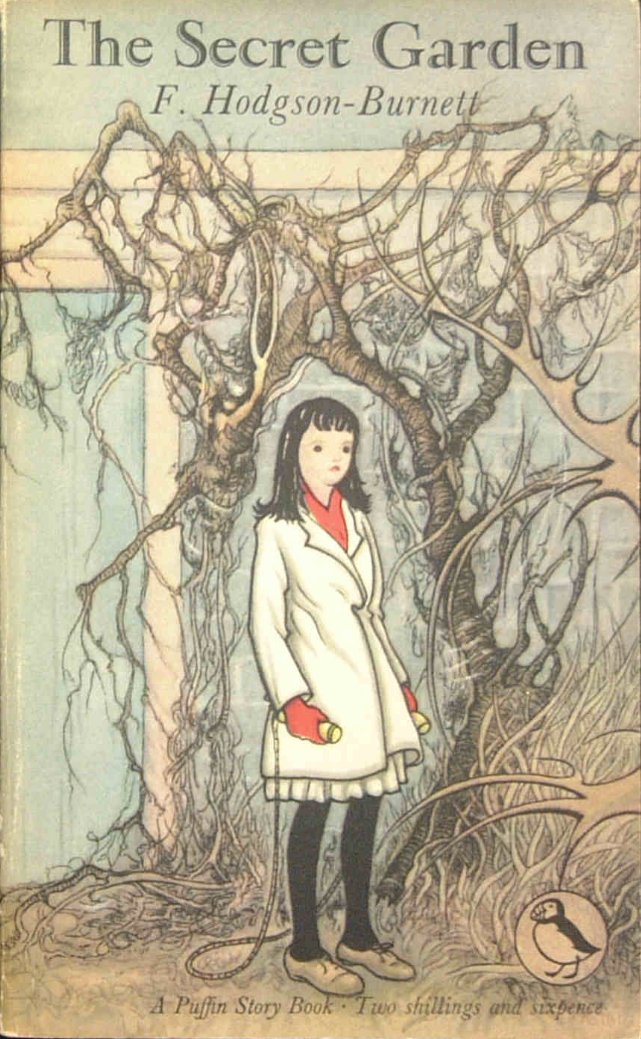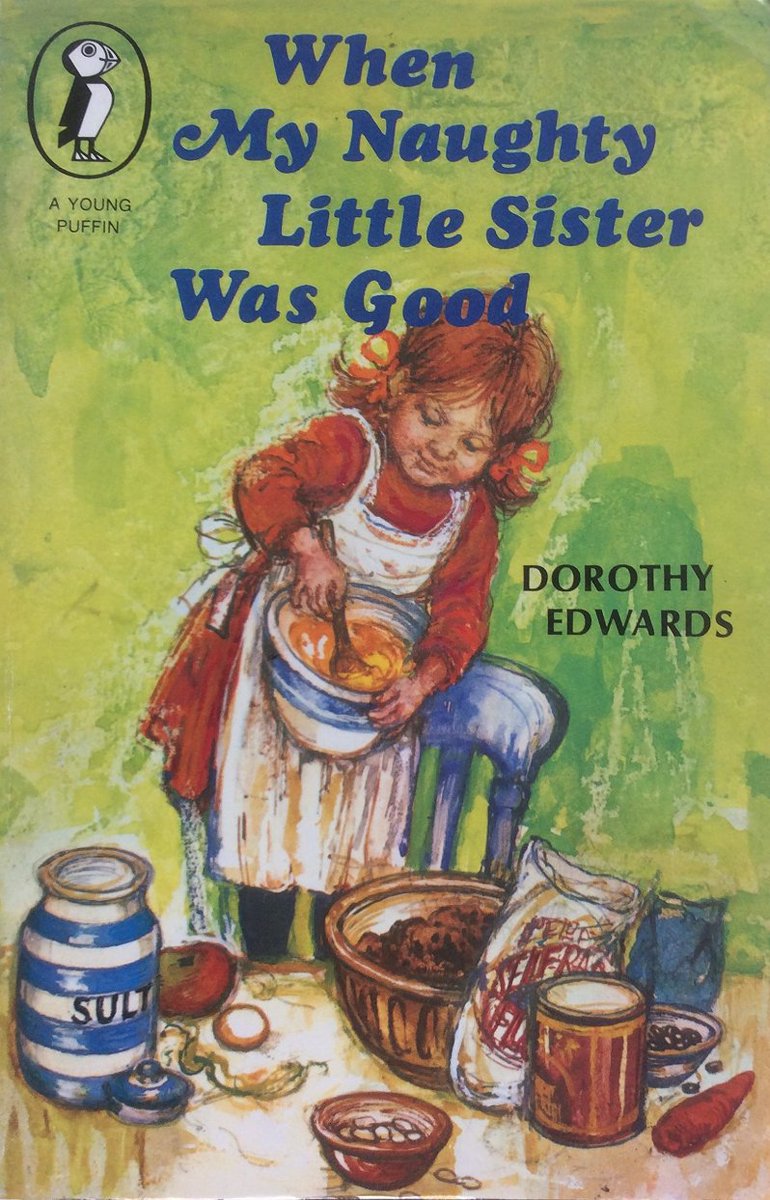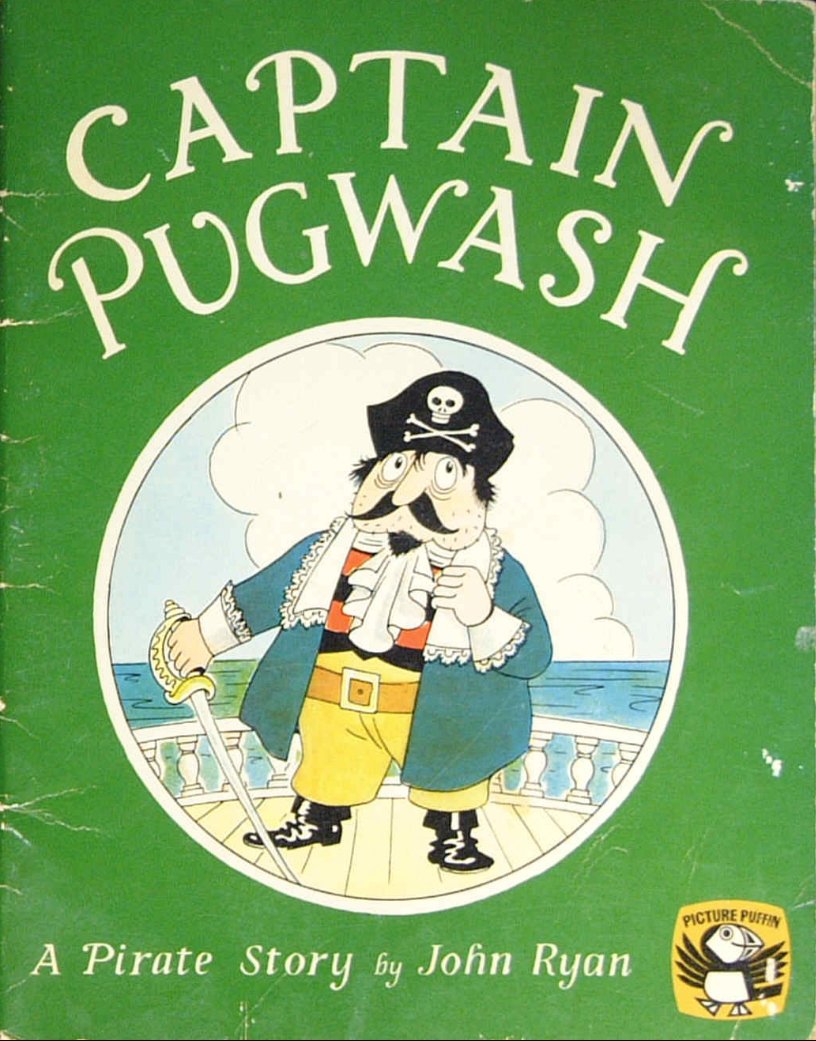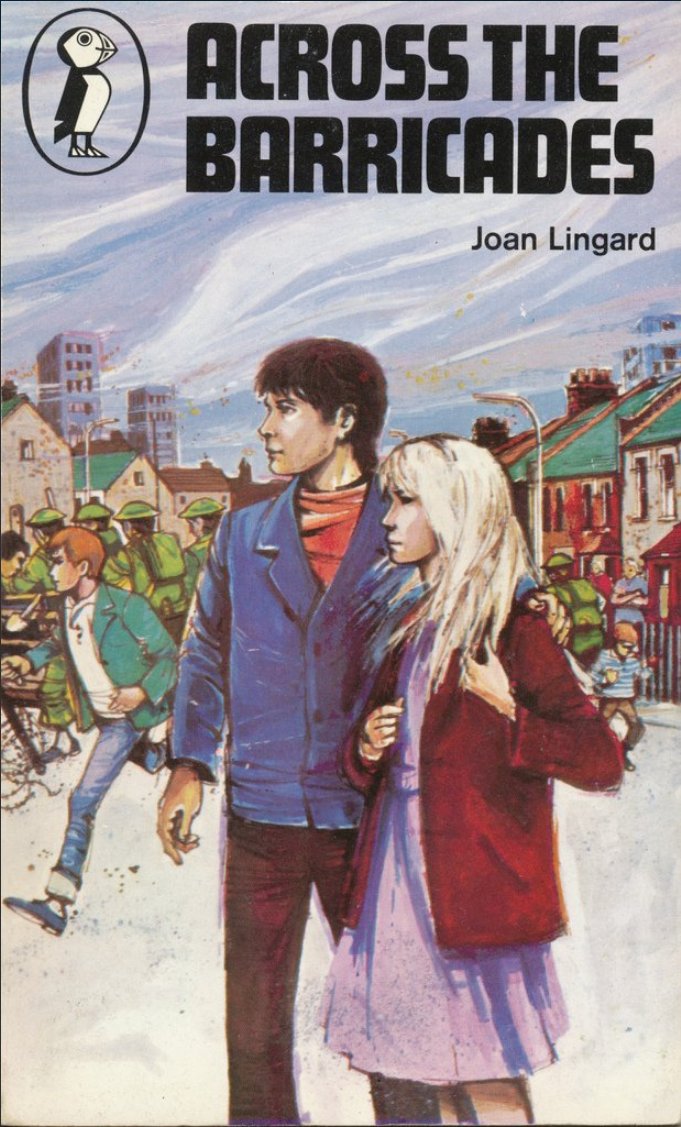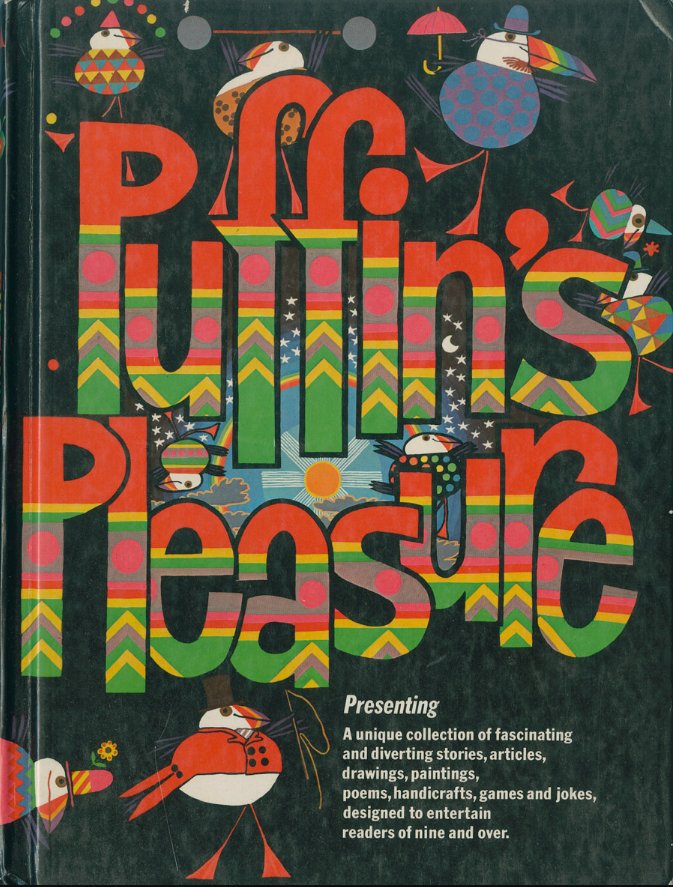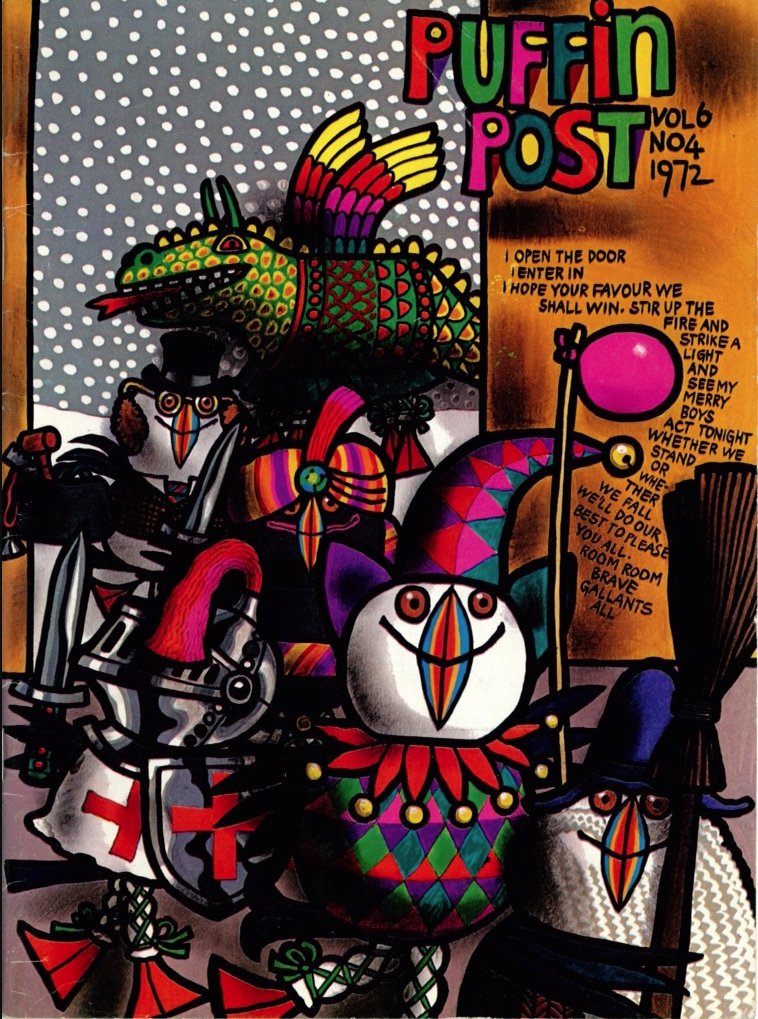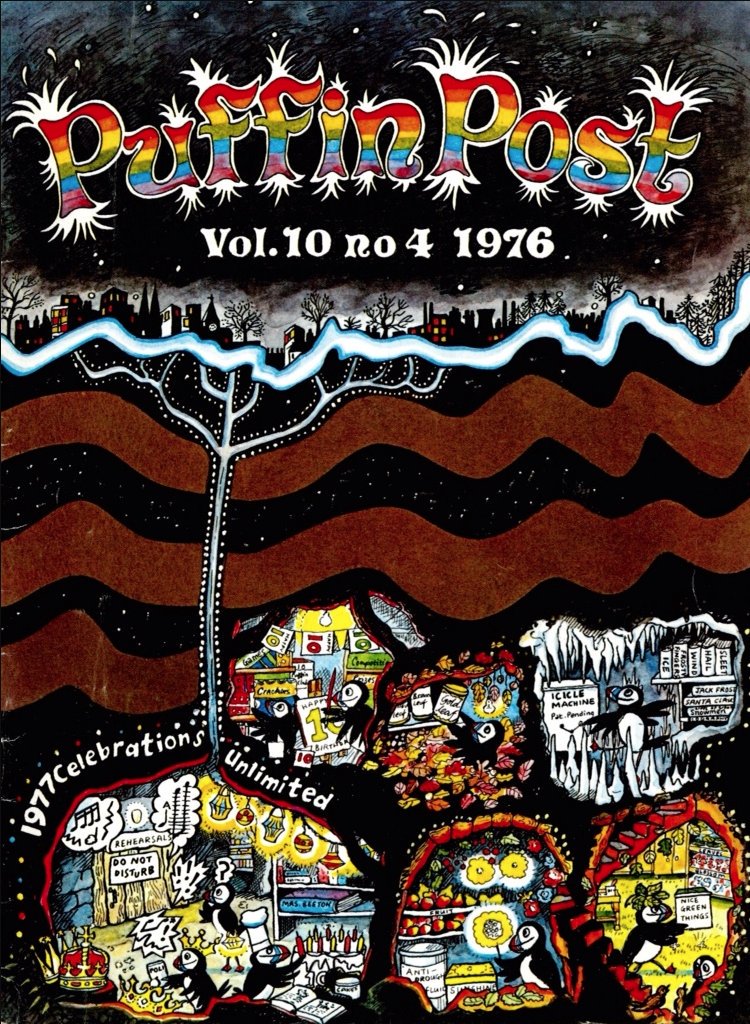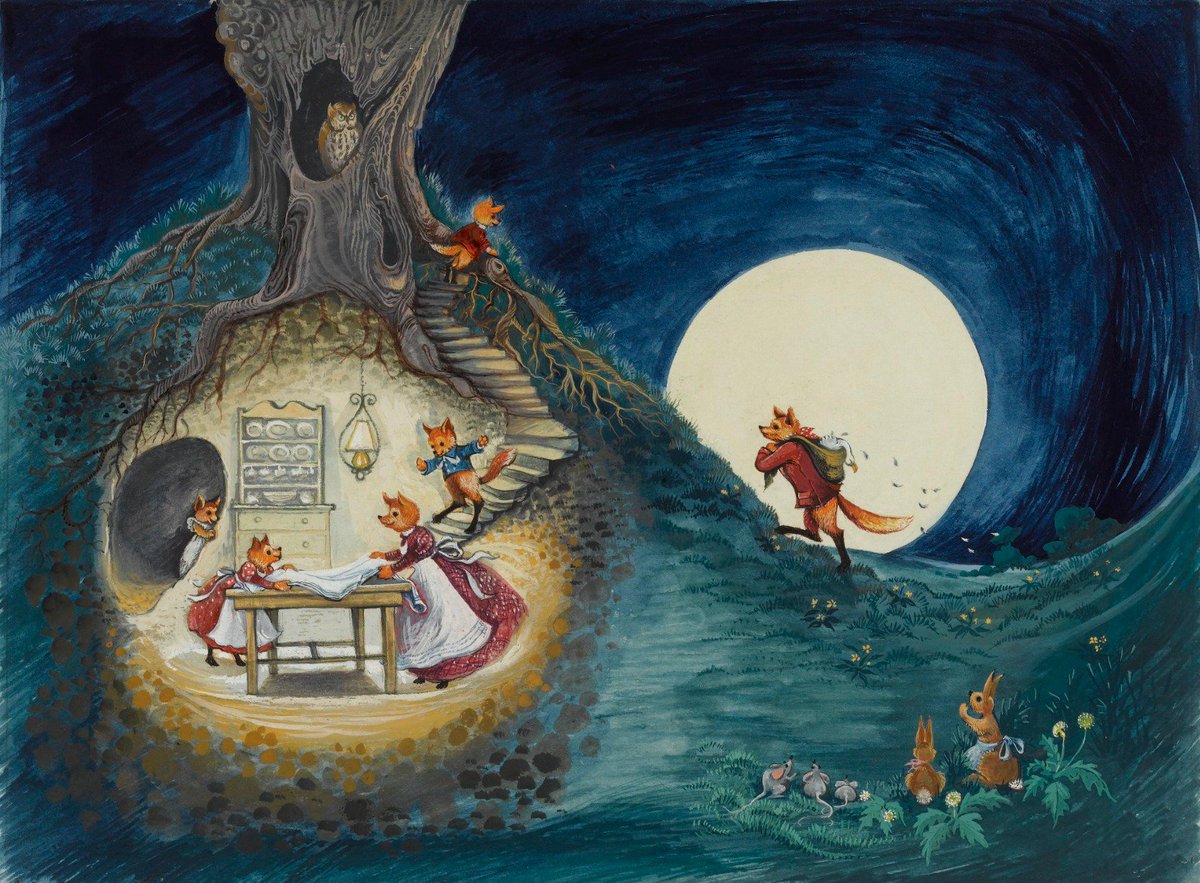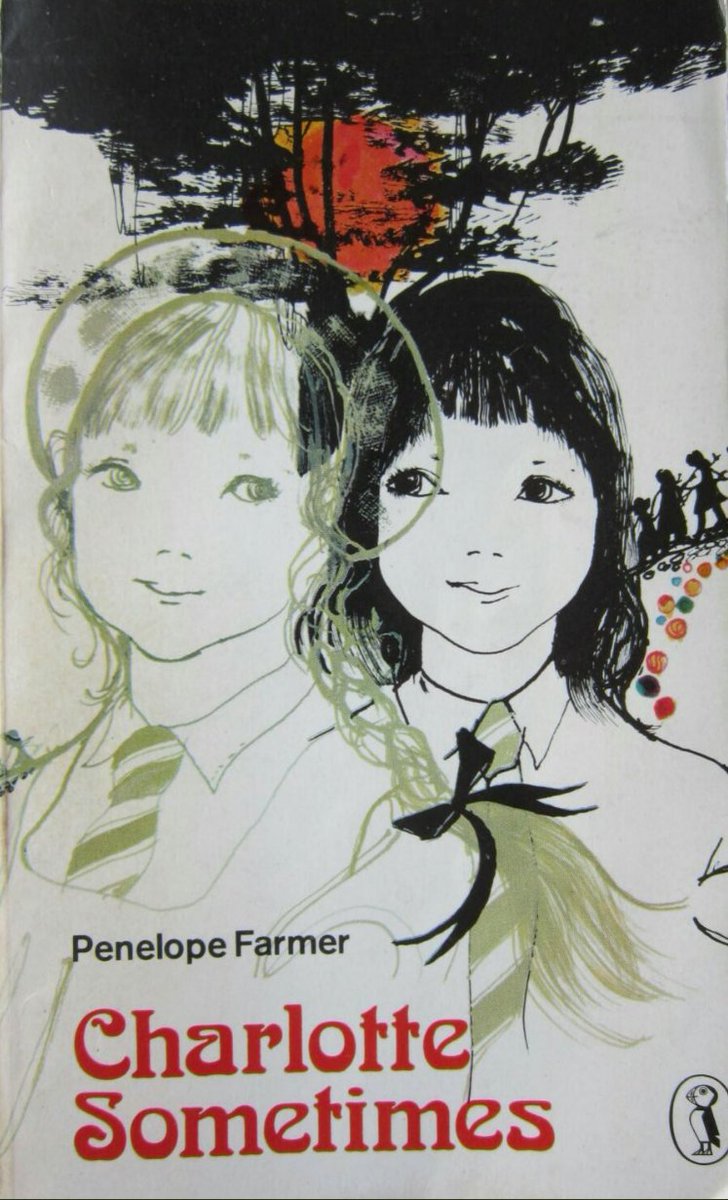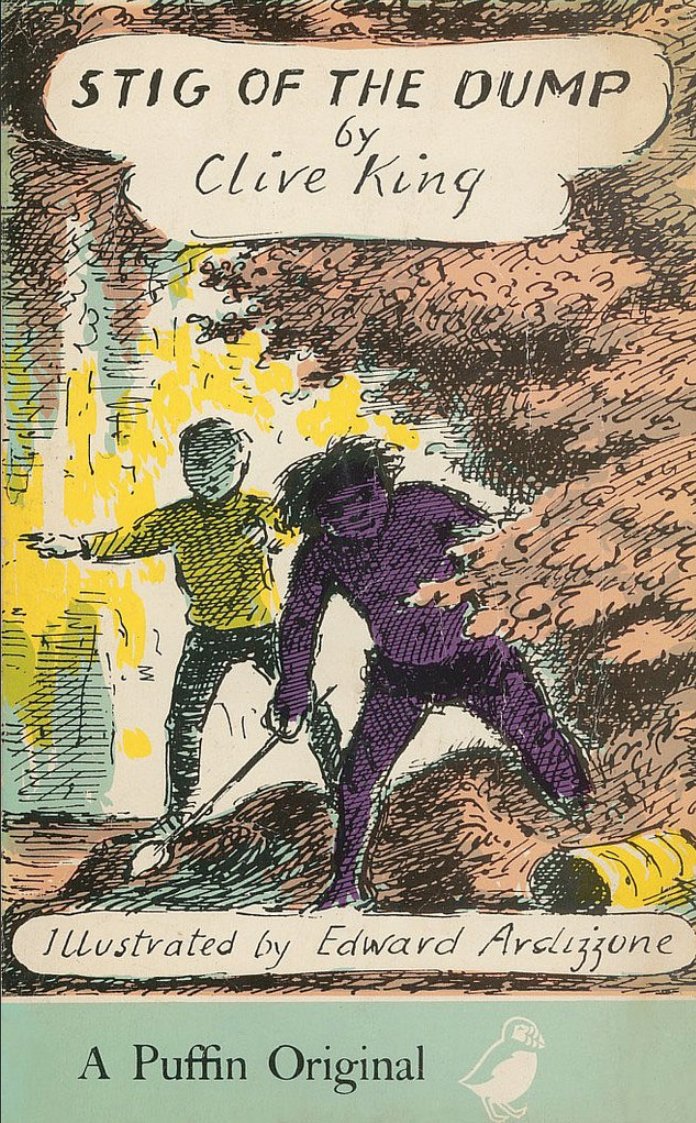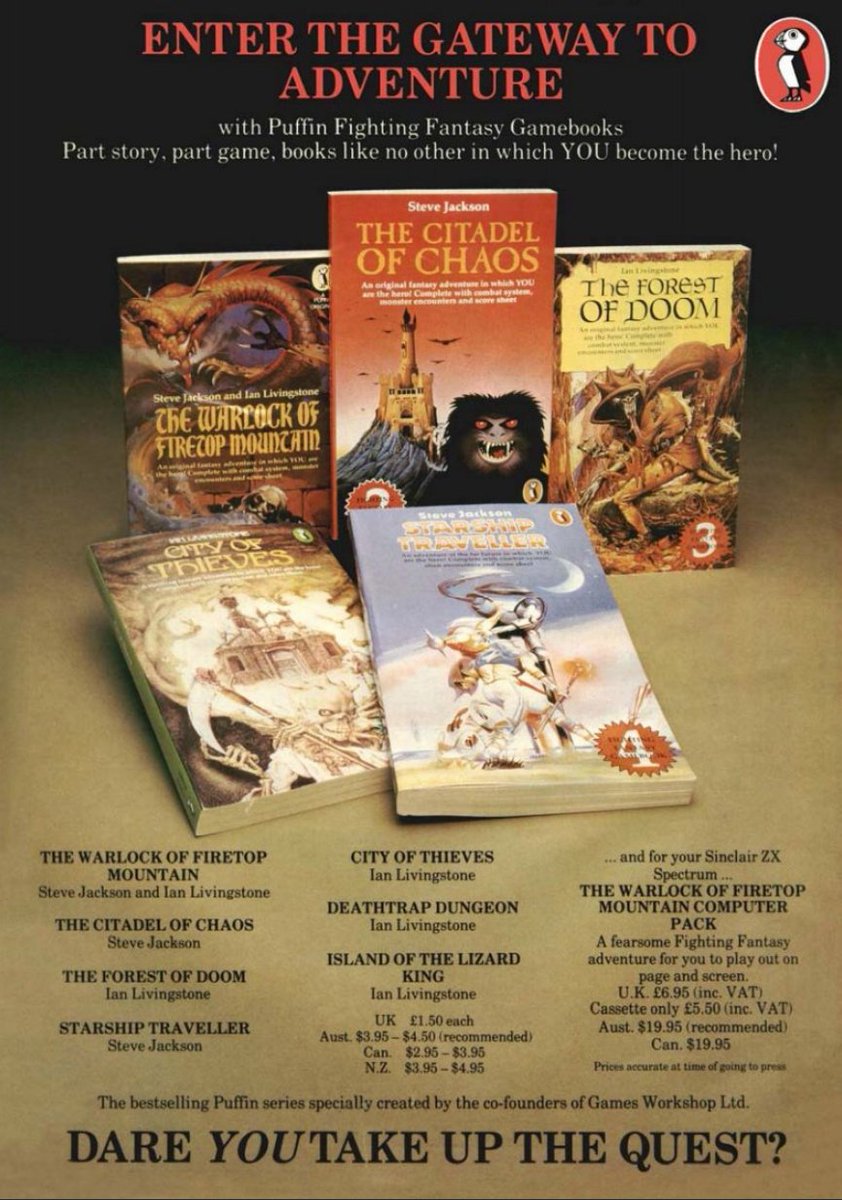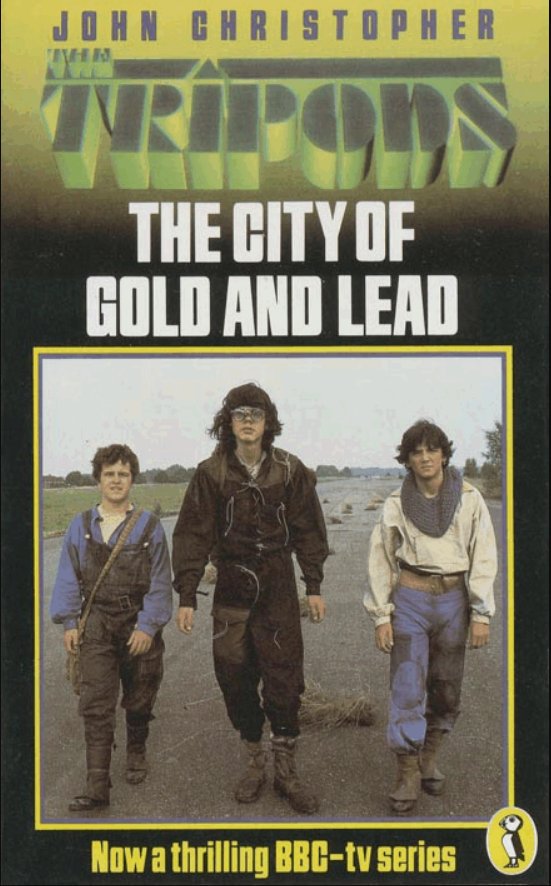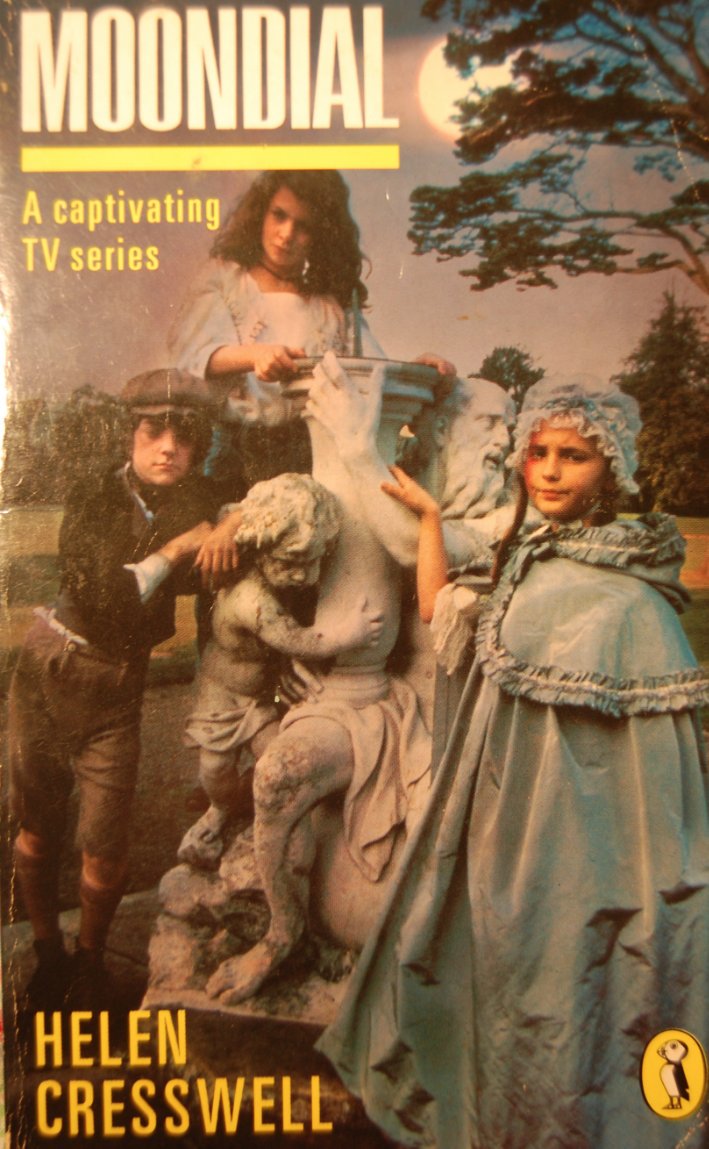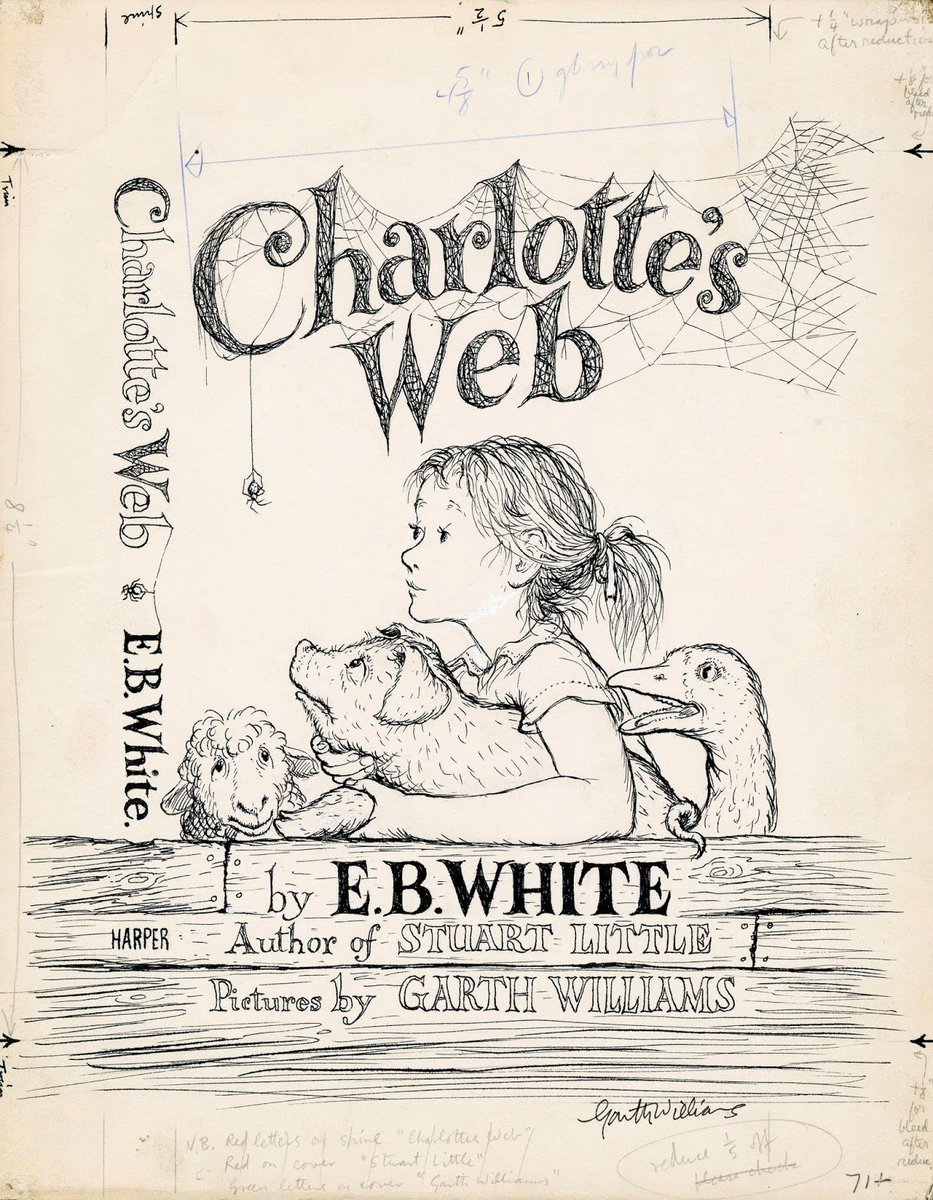Quick Q: were you in the Puffin Club? Then I have a thread for you...
Today in pulp I present a brief history of Puffin Books! #InternationalChildrensBookDay
Today in pulp I present a brief history of Puffin Books! #InternationalChildrensBookDay
Noel Carrington launched Puffin Picture Books in 1940, after discussions with Penguin& #39;s Allen Lane. Both were convinced that children in wartime needed books and stories to occupy their minds and explain what was happening.
Wartime Puffin books were brightly coloured and eye-catching, taking their cues from poster design and printing using lower-cost autholithography. Lane was determined the books should cost no more than sixpence.
Post-war Puffins had to wrestle with paper shortages, but they kept their focus on quality: Puffin would not publish Enid Blyton stories because they didn& #39;t think they had long-term worth!
Kaye Webb became Puffin& #39;s second editor in 1961 and had a profound effect on children& #39;s literature in the UK. Under her leadership Puffin began to diversify more as a publisher to cater for young readers of different ages.
Young Puffins were aimed at helping children read on their own: interior illustrations were plentiful and text was clearly laid out and chunked up to help early readers.
Picture Puffins were always popular, and printed on good quality paper stock to ensure they lasted. They were a great introduction to reading for younger children - although they inevitably added graffiti to the pictures as they grew older!
A number of Puffin books were aimed at younger teenagers, and these would later be rebranded Puffin Plus. The Kevin and Sadie books by Joan Lingard were a popular series set against the backdrop of the Northern Irish troubles.
Kaye Webb started the Puffin Club in 1967, as a way to connect to young readers. The club didn& #39;t sell books directly, but it did include hidden messages in Puffin books that only club members could decipher.
Puffin Post was the Puffin Club magazine, with regular quizzes, reviews and articles from leading authors. You can see previous editions here: http://puffinclub.co.uk/ ">https://puffinclub.co.uk/">...
Artist Jill Bennett is closely associated with Puffin Books and produced many of its finest cover art. Here& #39;s her wraparound cover for Fantastic Mr Fox, by Roald Dahl (Puffin Books, 1970).
Every schoolchild in the UK probably had to read at least one Puffin Book in English class and produce an essay on it...
In the 1980s Puffin Books also introduced a generation to Fighting Fantasy adventures. To this day I still hear from readers who swear Starship Traveller was unsolveable!
Puffin Books accompanied many TV series and this helped the brand to continue its popularity through the 80s and 90s up to today.
So here& #39;s to Puffin Books: proof - if it were needed - that children will always want to read as long as you let them!
More stories another time...
More stories another time...

 Read on Twitter
Read on Twitter